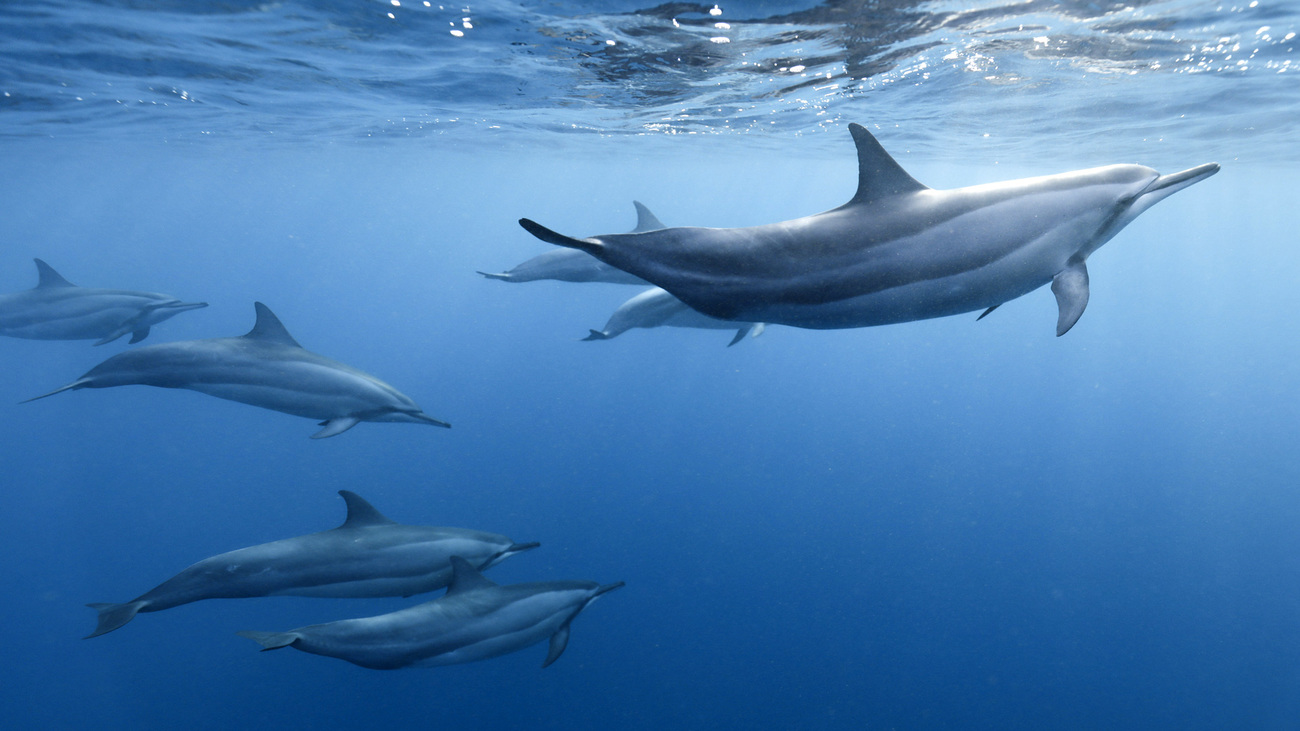Matt Collis
Policymakers’ decisions about wildlife have to be seen as an integral part of governance—not just an add-on.
what marine protected areas will mean for biodiversity in the open ocean

After nearly two decades of talks, United Nations member states have agreed on a legal framework aimed at greater protection and management of the open ocean.
Once in force, the UN High Seas Treaty will enable the establishment of marine protected areas (MPAs) in the high seas—the parts of the ocean that lie outside of national boundaries and cover half of our planet’s surface. This represents the largest habitat on Earth, home to millions of species, and our greatest ally against climate change.
Ocean ecosystems produce about half of the Earth’s oxygen and absorb about 30% of the carbon dioxide released in the atmosphere. But insufficient rules governing the high seas have made them susceptible to exploitation.
A marine protected area is a section of the ocean where a government has placed limits on human activity. Many MPAs allow people to use the area in ways that do not damage the environment, while others do not allow human presence at all.
MPAs have been established due to the threats faced by the habitat and marine animals living within, including overfishing, pollution, and climate change. MPAs can have many different names and exist in all types of freshwater and ocean habitats, but the main focus is nearly always to protect the habitats and variety of life—biodiversity—they support.
Today there are over 5,000 MPAs around the world but only 1% of the high seas are currently protected.
The new treaty is significant because for the first time ever, it creates a mechanism for establishing MPAs on the high seas. IFAW congratulates governments on this significant step, which charts a course to protect 30% of the ocean by 2030—a target agreed upon late last year as part of the Kunming Montreal Global Biodiversity Framework. To achieve this ambitious target, governments must now adopt, ratify, and implement the new treaty without delay.
IFAW is part of the High Seas Alliance (HSA), which has been working for over a decade to achieve this outcome. As part of that work, the HSA has already identified a number of candidate areas for new high seas MPAs. These hidden wonders of the natural world are critical for marine life, from whales, sharks, turtles, and sea birds to obscure but magical deep-sea creatures like the dumbo octopus.
In addition to setting up a new mechanism for establishing high seas MPAs, this treaty also sets new standards for the assessment and management of human activities on the high seas, setting the stage for strengthening conservation of marine life. It also provides for the sharing of benefits from products derived from marine genetic resources, as well as support for developing countries to access and make use of new technologies to build their capacity to manage the ocean.
At long last the high seas are no longer out of sight and out of mind. It is a cliché, but this really could signify a sea change for the conservation of ocean life.
Matt Collis
Policymakers’ decisions about wildlife have to be seen as an integral part of governance—not just an add-on.
every problem has a solution, every solution needs support.
The problems we face are urgent, complicated, and resistant to change. Real solutions demand creativity, hard work, and involvement from people like you.
Unfortunately, the browser you use is outdated and does not allow you to display the site correctly. Please install any of the modern browsers, for example:
Google Chrome Firefox Safari